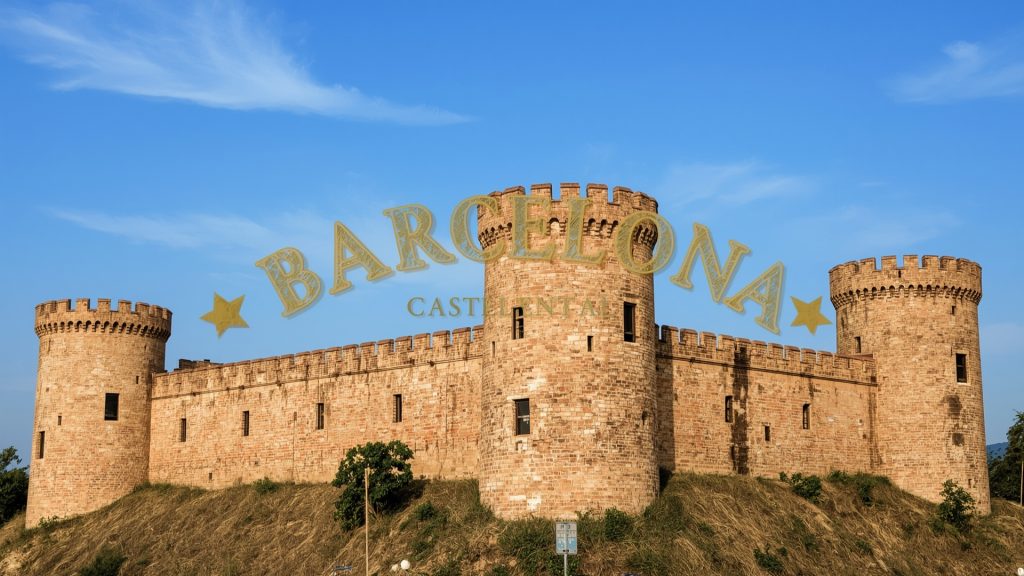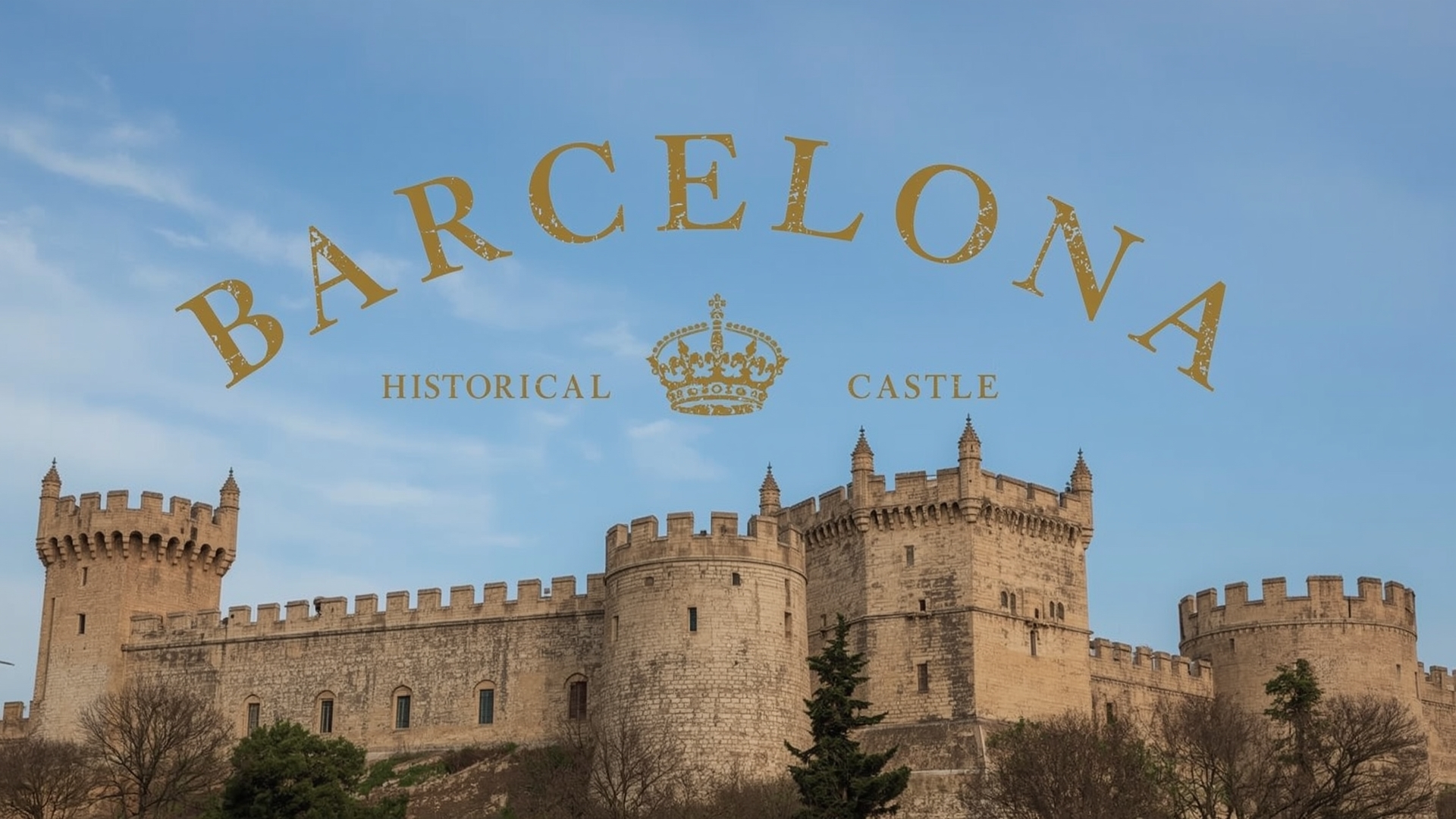Barcelona offers more than beaches and tapas. Nestled atop Montjuïc hill, Montjuïc Castle stands as a silent sentinel, echoing centuries of Spanish history. As the most prominent Barcelona historical castle, it continues to attract curious travelers, history enthusiasts, and photography lovers alike.

Content
Uncover the Deep Roots of This Barcelona Historical Castle
Montjuïc Castle, a prominent Barcelona historical castle, dates back to the 17th century and was originally constructed as a military fortress to defend the city. Over time, it evolved into a political prison and played a pivotal role during the Spanish Civil War. Its strategic hilltop location offered not only military advantage but also turned it into a powerful symbol of authority and resistance throughout Catalonia’s complex history.
Visiting this iconic stronghold provides a deeper appreciation for Barcelona’s military past, revealing compelling stories carved into its stone walls and battlements.
Architectural Brilliance of the Barcelona Historical Castle
This Barcelona historical castle showcases classic military architecture, including bastions, watchtowers, and a central courtyard. Visitors can walk along the ramparts, explore the dungeons, and stand beneath the towering flag that now symbolizes peace rather than conflict.
The preserved cannons and restored corridors vividly illustrate the castle’s historical use. Modern exhibits enhance the experience, offering context through artifacts, photographs, and interactive installations—making this Barcelona historical castle not just a monument, but a living museum of the city’s storied past.
Getting to Montjuïc Castle
Traveling to Montjuïc Castle is an experience in itself. Many opt for the Montjuïc cable car, offering panoramic views of the city on the way up. For those who prefer walking, well-maintained trails lead through lush gardens and scenic viewpoints.
Public transportation options are also readily available, making the castle one of the most accessible historical landmarks in Barcelona.
Why This Castle Offers the Best Views in Barcelona
From its elevated position, Montjuïc Castle grants one of the most breathtaking vistas in the city. The sweeping views cover the Mediterranean Sea, Barcelona’s skyline, and the bustling port below. Photographers often time their visit with the golden hour, capturing unforgettable shots of the city bathed in soft light.
Whether you’re watching the sun dip below the horizon or observing the vibrant life of the port, it’s easy to see why this spot is among the best views in Barcelona.

Entry Information and Travel Tips
This Barcelona historical castle welcomes visitors year-round, offering a chance to step into centuries of Catalan history. Admission is free on Sundays after 3 PM and on the first Sunday of each month, while a small fee applies during other times. Discounts are available for students and seniors.
To make the most of your visit to this Barcelona historical castle, aim for weekdays or early mornings to avoid large crowds. Comfortable footwear is essential for exploring the expansive grounds, and don’t forget your camera—every angle of the castle tells a story worth capturing.
Nearby Attractions Worth Exploring
Montjuïc Hill offers more than just a fortress. Nearby, the Magic Fountain, Poble Espanyol, MNAC (National Art Museum of Catalonia), and Olympic Stadium create a full day’s itinerary rich in culture and history. Together, these landmarks make Montjuïc Hill one of the top cultural zones in Barcelona.
Why Montjuïc Castle Should Be on Your Travel List
As a top Barcelona historical castle, Montjuïc Castle delivers a perfect blend of history, architecture, and scenic beauty. Unlike the crowded tourist spots in the city center, it offers a peaceful environment to reflect on the region’s storied past while soaking in majestic views. Whether you’re exploring the heart of Catalonia or just stopping by after an unforgettable Moroccan adventure, adding Montjuïc Castle to your itinerary means stepping into a chapter of history while enjoying everything modern Barcelona has to offer.
FAQs About Montjuïc historical Castle
What is the significance of Montjuïc Castle?
Montjuïc Castle is a symbol of both military power and political repression in Barcelona’s history. Strategically located on Montjuïc Hill, it was used to control the city, defend the port, and later suppress revolts. Over the centuries, it became a tool of authoritarian control, especially during the Spanish Civil War and Franco’s dictatorship, when it served as a prison and execution site. Today, it stands as a historic monument representing resilience and remembrance.
What is the story of Montjuïc?
The story of Montjuïc begins in 1640 during the Reapers’ War, when a temporary fort was built to defend Barcelona. By 1694, it became a permanent fortress, and in the 18th century, it was expanded into a more powerful military installation. Over the years, it was used to control uprisings and imprison political dissidents. One of its most notable events was the execution of Catalan President Lluís Companys in 1940. Eventually, it lost its military function and was handed over to the city, now serving as a cultural and historical site.
Is Montjuïc Castle worth a visit?
Yes, Montjuïc Castle is definitely worth visiting. It offers stunning panoramic views of Barcelona and the Mediterranean Sea, and its exhibitions provide deep insights into the city’s military and political history. The peaceful gardens, cultural events, and the scenic cable car ride make it a unique destination for history lovers, photographers, and anyone interested in experiencing a quieter side of the city.
How old is Montjuïc Castle?
Montjuïc Castle is over 380 years old. The original structure was built in 1640, and it was later developed into a full-scale fortress by the end of the 17th century. Its long and complex history makes it one of the oldest and most important landmarks in Barcelona.

Nelle Diamond has been to over 100 countries, has a penchant for all things food, and is also an experienced mountaineer. She loves nothing more than exploring the world on her own terms.












